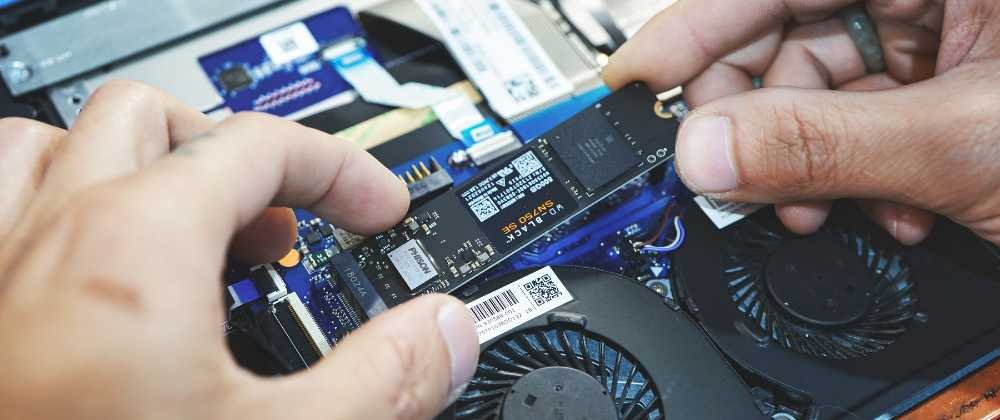In the relentless march of technology, memory isn’t just about remembering—it’s about speed. We’ve journeyed from DDR to DDR5 in what feels like a blink of an eye. Each step, each evolution, marked a leap in performance, revolutionizing how games feel, respond, and immerse players. But what’s the real weight of RAM in a system’s performance? And for those who’ve been nestled comfortably with DDR4, is jumping to DDR5 a mere laptop upgrade away?
Although the straight answer is no, dive in to understand the technical complications.
The Basics of DDR4 and DDR5
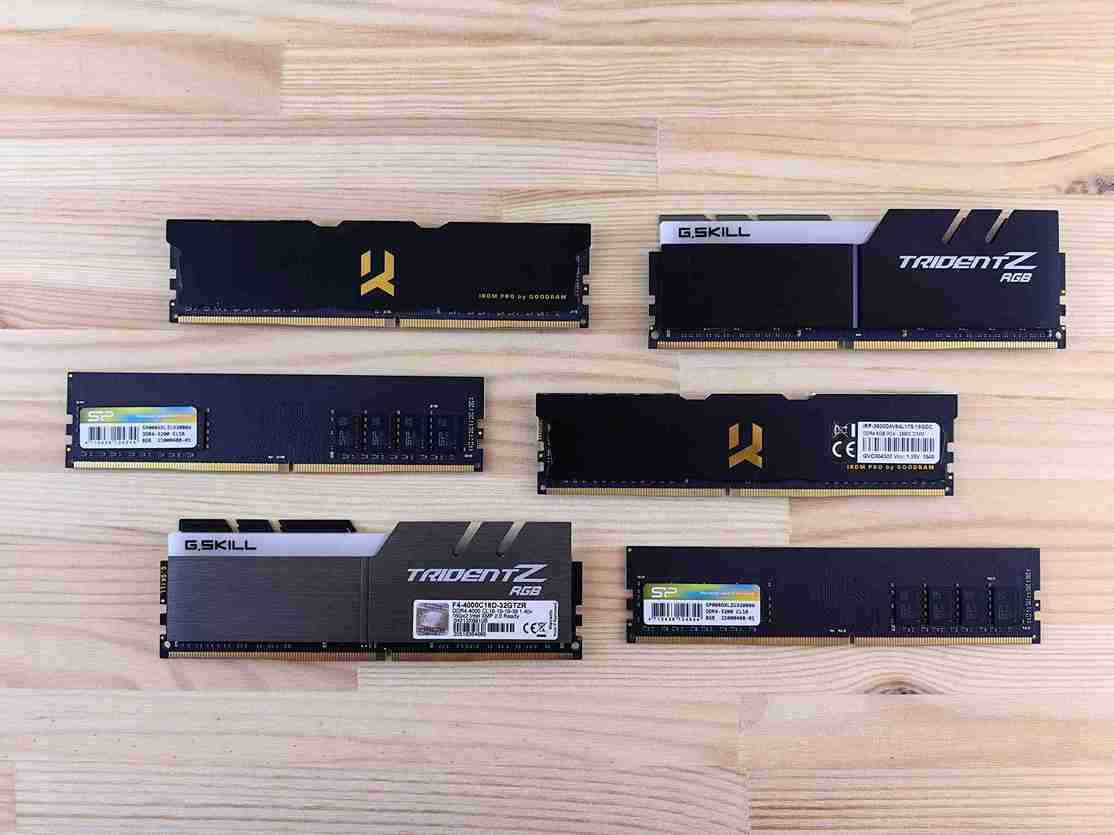
DDR4: It’s the stalwart. Since its inception, DDR4 has ruled the gaming roost. Born in 2014, DDR4 brought with it a faster data rate and a reduced power demand, clocking in at speeds up to 3200 MT/s. Gamers felt it; they played faster, with machines running cooler. Systems equipped with DDR4 could handle more—more apps, more tabs, more demanding titles.
DDR5: Here comes the future, dark and mysterious. Released in 2020, DDR5 isn’t just a step; it’s a leap. It doubles the data rate, skyrocketing to potential speeds of 8400 MT/s. Less energy, more bandwidth—DDR5 promises up to 36 GB/s for a single module. And for those nail-biting in-game moments? DDR5’s efficiency improvements mean fewer system lags, smoother gameplay, and a sharper edge in competitive arenas.
But while DDR5 might sound like the siren’s call, the transition isn’t as straightforward as swapping one stick for another. The dance between the two technologies is intricate, demanding careful consideration.
Physical Differences and Compatibility
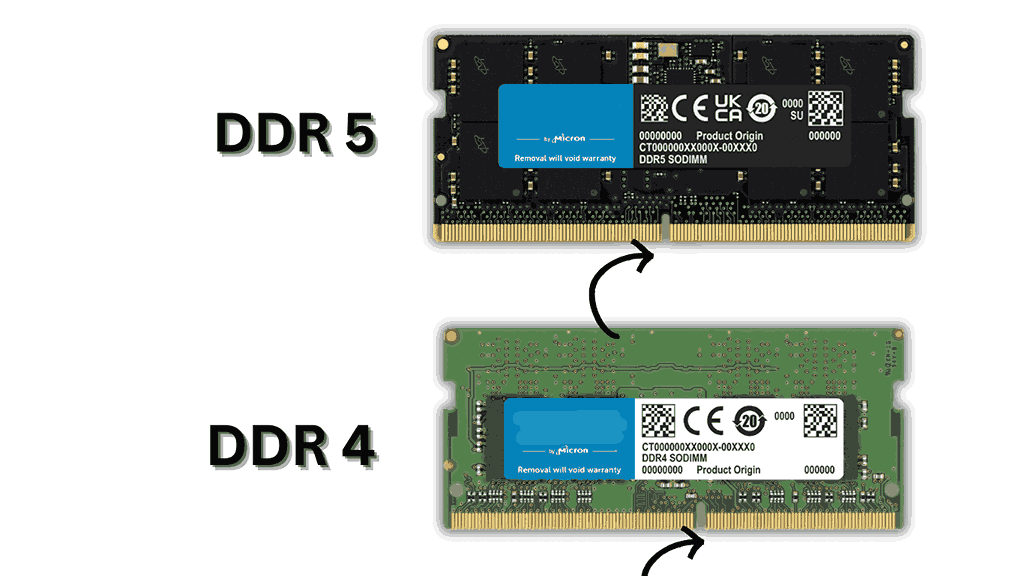
Here are the physical differences and the compatibility issues that refrains the laptops from upgrading from DDR4 to DDR5 memory:
- Pin Configuration: Dive deep, and the contrasts become clear. DDR4, with its 288 pins, was a marvel in its time. But change is relentless. Enter DDR5, sporting a hefty 284 pins. Similar numbers, yet they’re worlds apart. The pins, arranged differently, speak their own language, making them as compatible as oil and water.
- Socket Compatibility: It’s about more than just pins; it’s about placement. DDR4 and DDR5 don’t just differ in count; their notches sit in distinct positions. Attempt to fit a DDR5 into a DDR4 slot? You’re chasing shadows. Motherboards designed for DDR4 won’t cradle the newer DDR5. It’s a game of precision, and there’s no bending the rules.
In essence, the age-old saying rings true: Don’t fit a square peg in a round hole. In the realm of RAM, that wisdom remains as poignant as ever.
Motherboard, Chipset, and Memory Controller Considerations
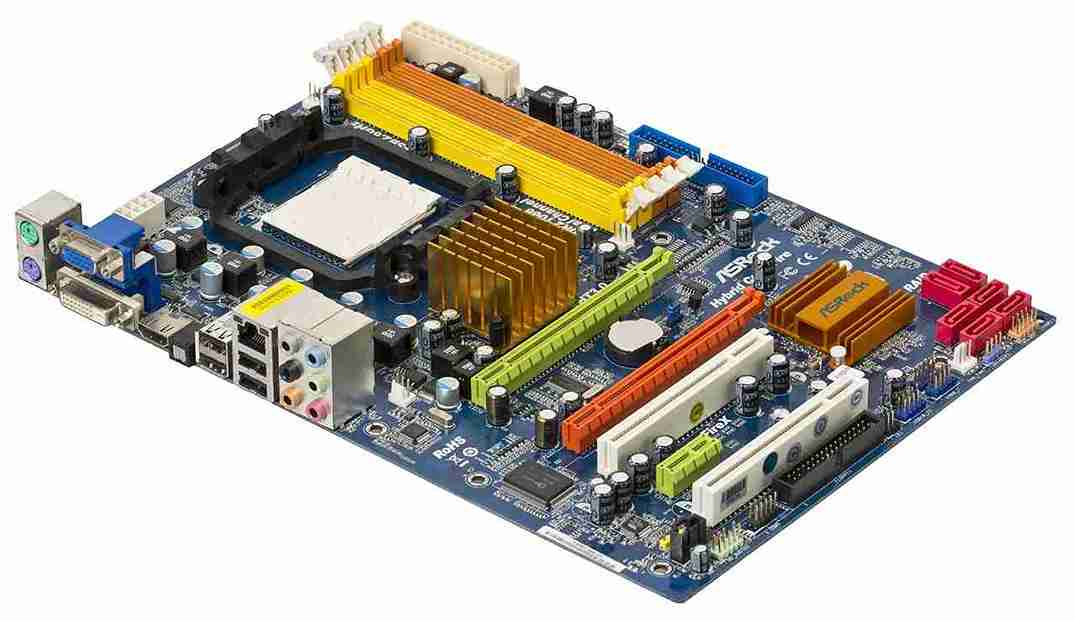
Due to the structural differences upgrading from DDR4 to DDR5 is only possible with:
- DDR5-Supportive Motherboards: Enter the realm of DDR5, and it’s not just about slots. The motherboard, the very heart of your system, plays its part. Modern machines demand modern motherboards. To leverage DDR5, one must be geared with a motherboard that not only has the right slot but speaks the DDR5 language.
- Chipset and Integrated Memory Controller: Dive beneath the surface, and there’s a dance of data happening at breathtaking speeds. The chipset, a symphony conductor, directs the rhythm. But when introducing DDR5, the maestro has to be familiar with the new tunes. The integrated memory controller’s role is paramount. DDR5 isn’t just a new act; it’s a new genre. Without a chipset and memory controller that understands this genre, harmony remains a distant dream.
In this theatre of technology, every component plays its part. And like any grand show, it requires every actor to be in sync. Upgrade one, and others must follow suit. The world of DDR5 beckons, but remember, it’s an ensemble act.
Laptop Upgrade Limitations
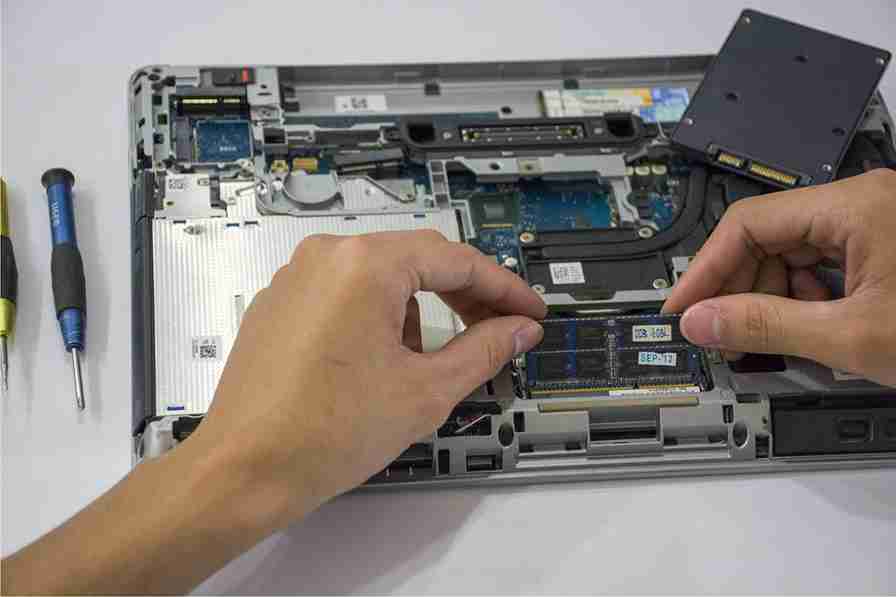
However, there is no sureshot way of upgrading the DDR4 to DDR5 memory due to the following limitations:
- Restrictive Nature of Laptop Design: A laptop, sleek and slim, holds secrets within its slender form. Unlike the vast expanse of a desktop, laptops are mazes of compact efficiency. This very design, while a marvel, cages ambitions of expansive upgrades.
- Soldered RAM: Picture this—a component bound for life, melded into the very core. This is soldered RAM. Fused onto the motherboard, it’s a pact of permanence. No removal, no replacement. For many modern machines, this means the RAM you buy is the RAM you keep.
- Removable RAM: But hope isn’t lost. Some laptops, in their wisdom, still offer a chance, a glimmer of upgradeability. Enter removable RAM. Slots ready to welcome fresh memory, granting a reprieve from the soldered sentence. But remember, even with this freedom, DDR4 to DDR5 remains a leap too far, tethered by the bounds of compatibility.
In the universe of upgrades, laptops present their own constellations of challenges. But knowledge lights the path. Knowing the lay of the land makes navigating the stars a touch less daunting.
Availability and Market Transition
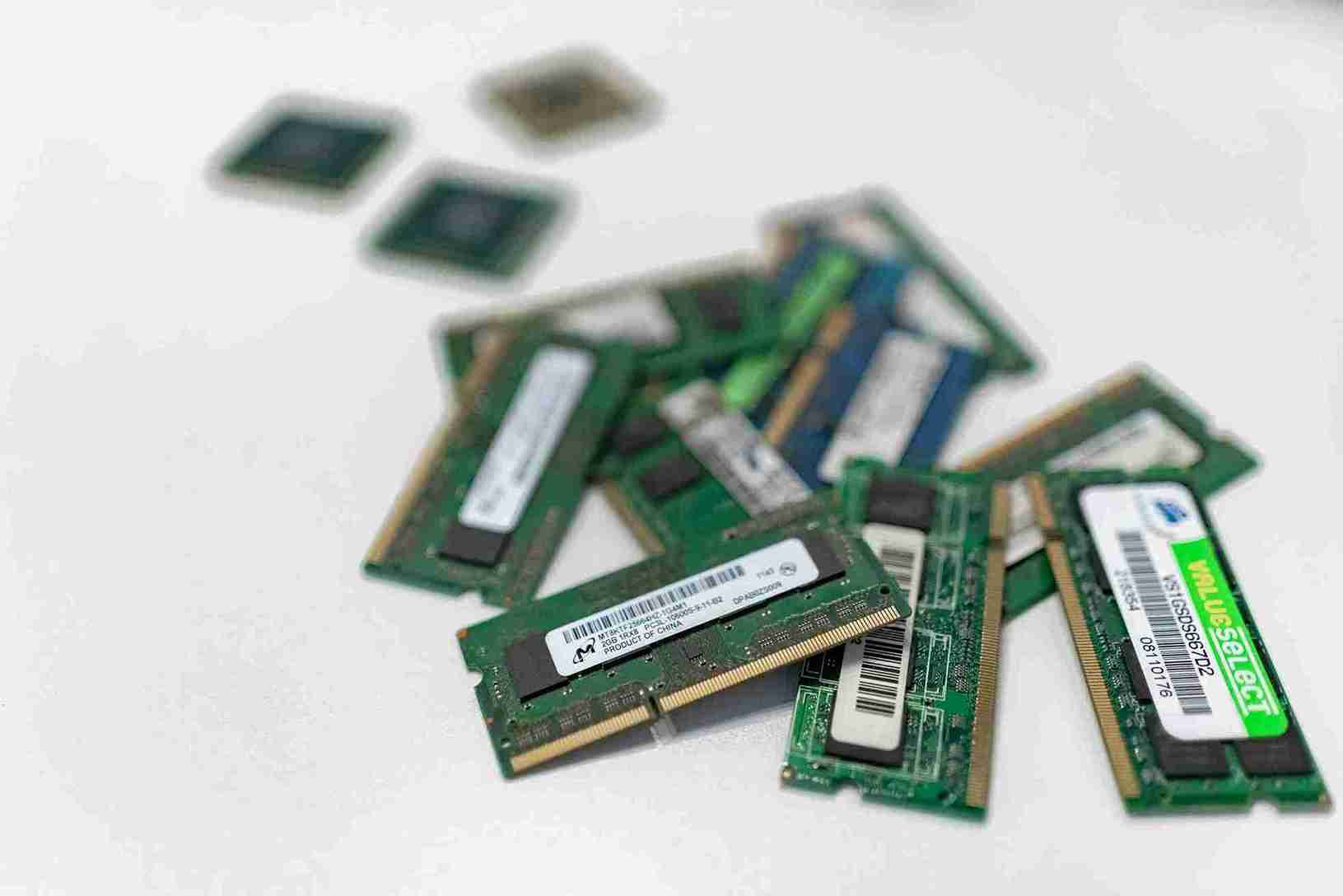
In the bustling marketplace, DDR5 emerges as a bright newcomer, a promise of speed and efficiency in a small package. It whispers of innovation, but its voice is yet not loud enough, grappling to find a firm footing amidst the established reign of DDR4.
Foresee the landscape; it’s changing; shifting sands herald a transition. Experts prognosticate, with keen eyes fixed on charts and graphs, that a tide is rising. A tide that will soon engulf the mainstream, bringing DDR5 to the fore as the new monarch of memory modules in laptops.
Yet, as the future beckons, we stand at a crossroads, with one foot in the present and eyes fixed on the horizon. The change won’t be swift, as markets are slow to relinquish old loyalties. But change is inevitable—a slow march towards a DDR5-dominated domain, promising a realm of enhanced speed and efficiency.
Benefits of DDR5 Over DDR4
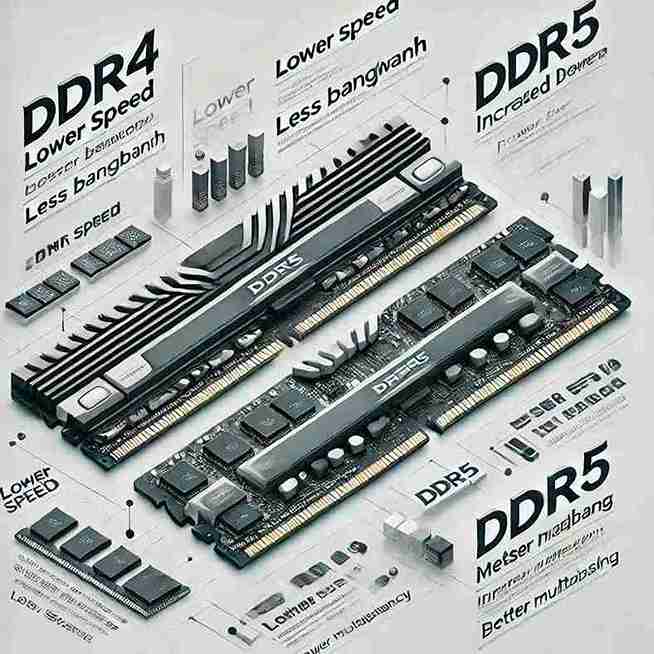
- A Surge in Speed: The world of tech thrives on pace, and DDR5 stands as a testament. With its 50% higher data rates, DDR5 doesn’t just walk past DDR4, it sprints. This leap ensures swifter data transfer, giving gamers, creators, and everyday users a smoother computing experience.
- Power Efficiency Redefined: Efficiency isn’t just about speed; it’s about how gracefully you can maintain it. DDR5 sips on energy at around 1.1 volt, boasting a significant reduction in power consumption compared to its DDR4 counterpart. This isn’t just a win for your laptop’s battery life, but also a nod to a greener, more sustainable tech future.
- Futureproofing the Purchase: Step into the digital arena armed. Laptops aren’t mere purchases; they’re investments. And with DDR5, you’re not just investing in the now, but the tomorrow. As software demands evolve, this advanced RAM ensures that your machine remains competent and current, warding off obsolescence for a tad longer.
In the grand chessboard of technology, upgrading to DDR5 is akin to securing your queen—a move that assures better flexibility and strength and is a step closer to the endgame of unparalleled performance.
The Verdict: Can You Upgrade?
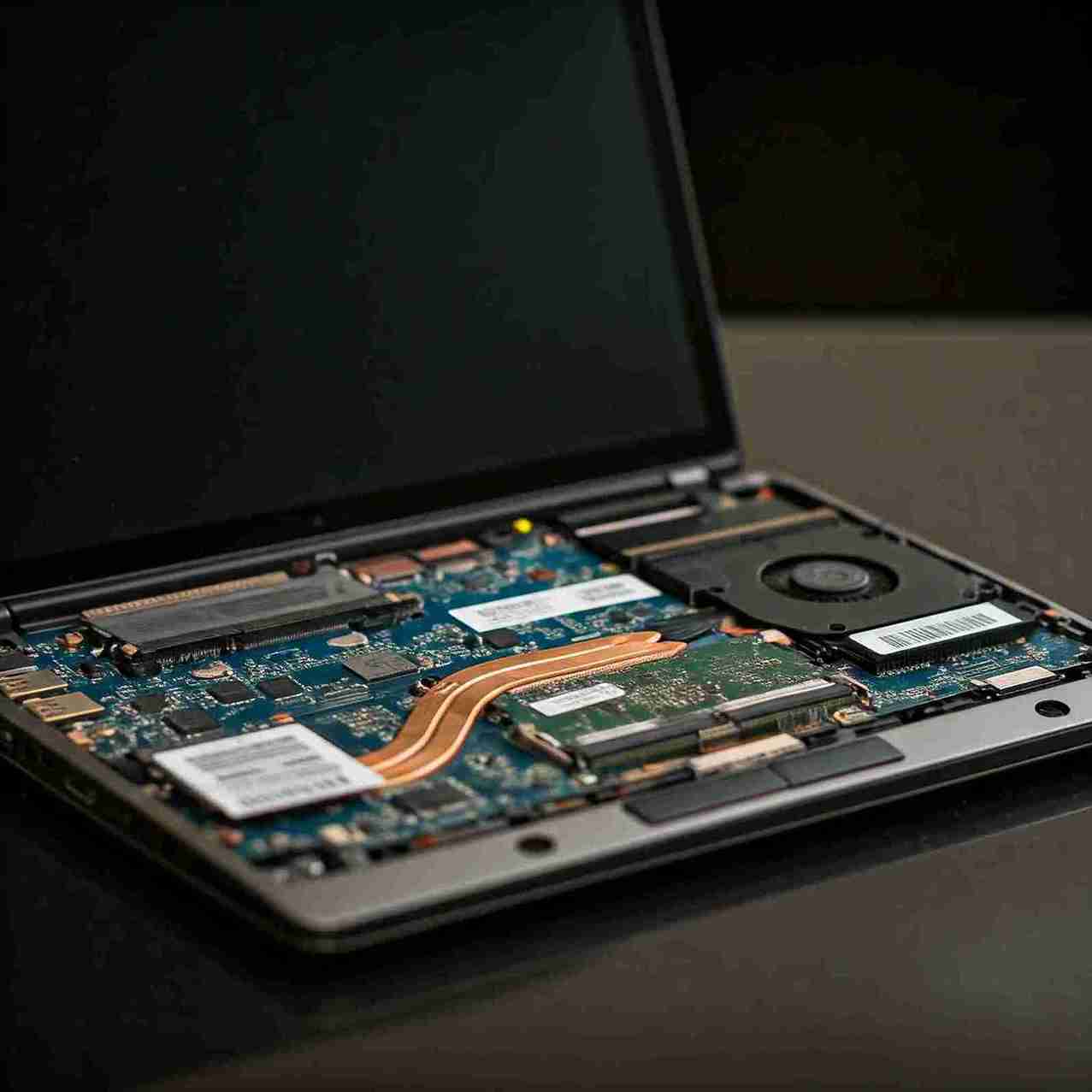
- The Reality of Upgrades: In the intricate dance of technology, not all steps lead forward. For those holding onto the hope of popping a DDR5 into their DDR4 laptop, the music stops. The different pin configurations and socket incompatibilities mean they’re simply not meant to dance together.
- Challenges Galore: Beyond the physical disparities, delve into the motherboard’s heart, and you’ll find more barriers. Without a DDR5-supportive motherboard, chipset, and integrated memory controller, the dream remains just that—a dream.
- The Silver Lining: All’s not gloom, though. DDR4 isn’t at the end of its rope. For those looking for a zestier performance without diving into a new laptop, consider upgrading within the DDR4 realm. Opt for a module with higher speed or greater capacity. Sometimes, the best step forward is a refined step in place.
To upgrade or not isn’t just a question of desire but of feasibility. And while DDR5 remains a tantalizing prospect, the current laptop landscape calls for patience, for a better moment to leap.
Conclusion
Navigating the maze of technology, we often find ourselves at crossroads, driven by the promise of faster, better, and more efficient. But it’s crucial to discern genuine pathways from dead ends. The leap from DDR4 to DDR5 in laptops, as tempting as it sounds, isn’t straightforward. It demands not just a memory change but a shift in foundational architecture. While DDR5 beckons with a siren’s call, today’s laptops ask us to temper enthusiasm with pragmatism. Upgrade where possible, innovate when feasible, but always, always be informed. The dance of technology awaits its next beat; ensure you’re poised to move with it.
